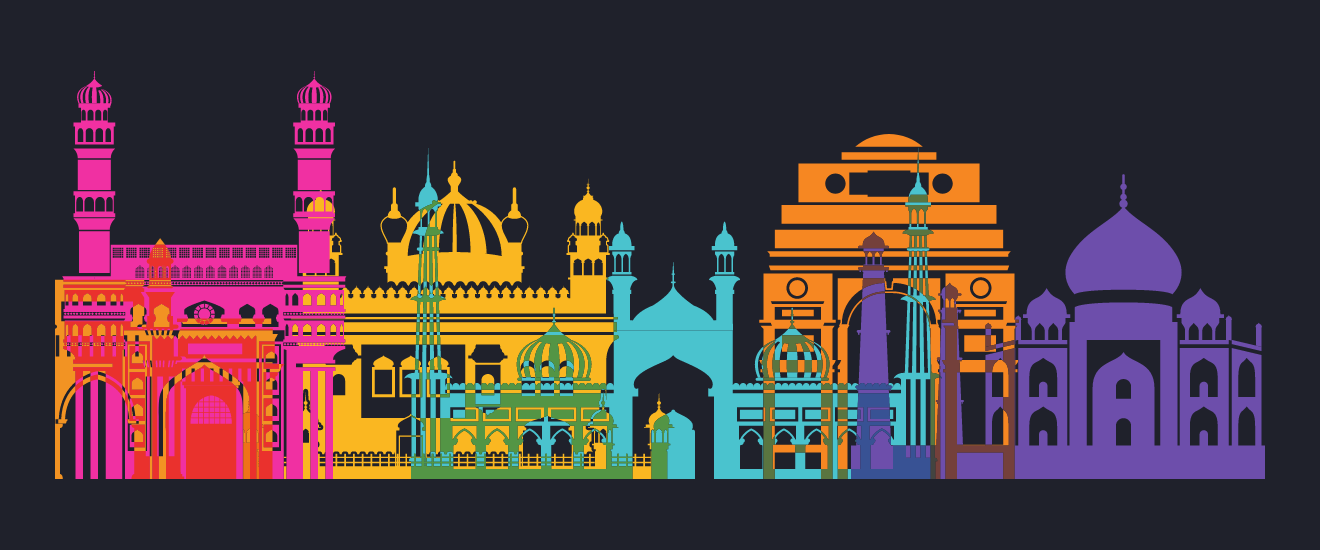Court Data
Regional Representation at the Supreme Court [1985-2021]
The Delhi and Bombay High Courts has sent the most number of judges to the Supreme Court. Some High Courts in the North East have sent none.

The Supreme Court has almost always had an ‘unofficial’ criteria for selecting judges for elevation. First noted with empirical evidence by Gadbois in Judges of the Supreme Court of India: 1950-1989 (OUP 2011), it has broadly tried to represent different regions in India.
Abhinav Chandrachud gathered data on the High Court (HC) of origin of Supreme Court judges from July 1985 to May 2010 in his article, ‘An Empirical Study of the Supreme Court’s Composition’ (EPW 2011). Using the data from the appendix of Chandrachud’s article, and information from the Supreme Court of India website, this post looks at regional representation from 1985-2021.
In order to determine which region a judge represents, we have taken the judge’s High Court of origin. This is the Court to which they were first appointed as a judge. For those who were directly elevated from the bar to the Supreme Court, we have considered the judge’s HC of enrolment.
For the purposes of comparison over time, HCs established after 1985 have been included in the count for the Court they were bifurcated from. So, for example, the count for the Telangana HC (one judge) is included in the count for Andhra Pradesh. This also applies to four Courts in the North East which are counted as part of the Gauhati HC. Although, after 2010, none of these four Courts have had any judges appointed to the Supreme Court. It should also be noted that the strength of the Supreme Court has been increased during this time. This means the data is best read in terms of proportions or percentages, rather than whole numbers.
The greatest change in regional representation from the July 1985 - 1999 period to the 2000 - May 2010 was in the representation of the Madras HC, which fell from seven Supreme Court judges to three (a loss of 7.36%). In the same time, the Punjab & Haryana HC saw its share increase the most, by three more judges (4.8%).
The change in the period May 2010 - July 2021 was more drastic for some Courts. The share of the Delhi HC increased by 8.26%, with four more judges than the previous period. The Andhra Pradesh HC also had an increase of 4.13%.
Meanwhile, the Jammu & Kashmir HC reduced its share by 4.92%, having no judges at the Supreme Court since 2010. The Gujarat HC also reduced its share by 4.71%, with only one judge in this period.
This leaves Delhi HC with the largest share of judges in the latest period, followed by Bombay HC and Allahabad HC. Delhi and Bombay HCs are among the four HCs established before independence, alongside the Calcutta and Madras HCs. Madras had the highest share early in July 1985 - 1999, with Calcutta at the third highest. However, both their shares have now fallen.
We have compared representation at the Supreme Court against the sanctioned strength of each HC. This includes additional and permanent judges. Such a comparison would account for the fact that most Supreme Court judges are selected from HC benches. It also has an indication of the amount of litigation coming from that State/region, which might require more judges.
If we consider representation over the entire period of July 1985 - July 2021, the Delhi and Bombay HCs have the largest share of judges at 9.3% each. They are both overrepresented. Delhi HC is the most overrepresented Court. While Allahabad HC has the third highest share at 8.72%, in comparison with sanctioned strength, it is still the most under-represented Court.
Despite the discrepancies for some Courts, the collegium has broadly attempted to account for regional representation. Recently, the Court has also expressed concerns about gender representation, which might be a new unofficial criteria developed over time.
